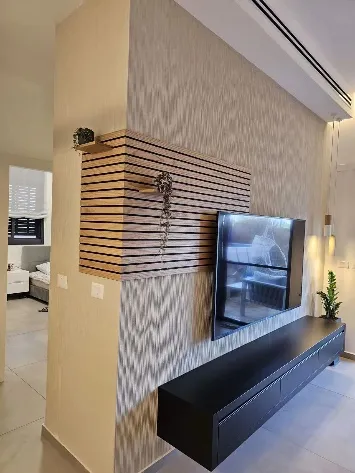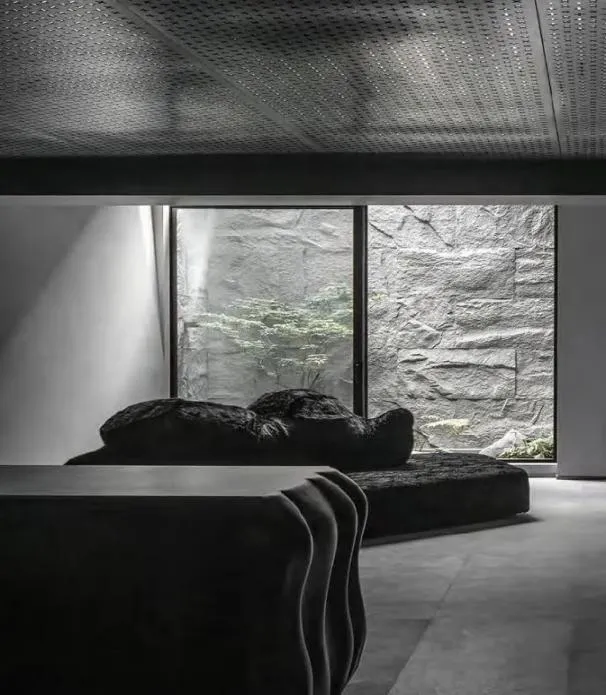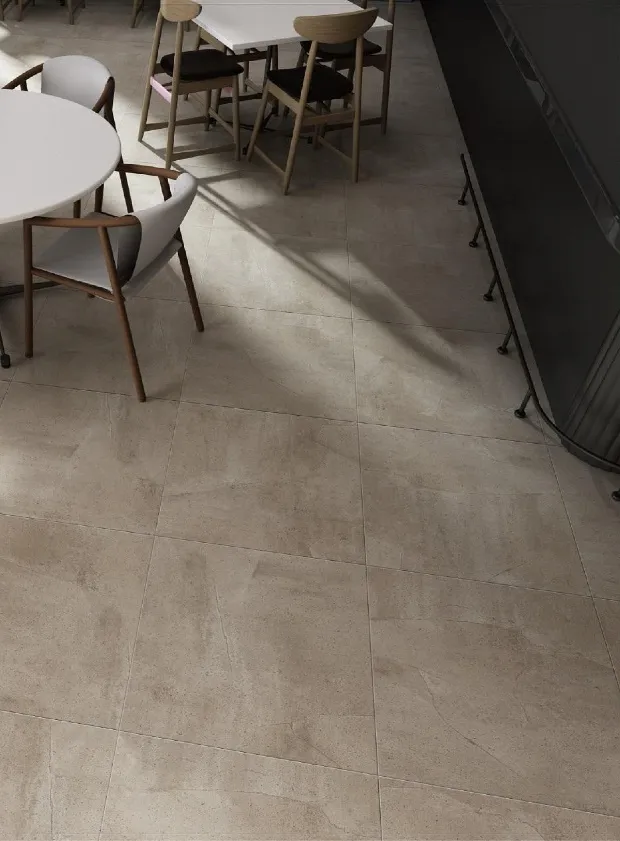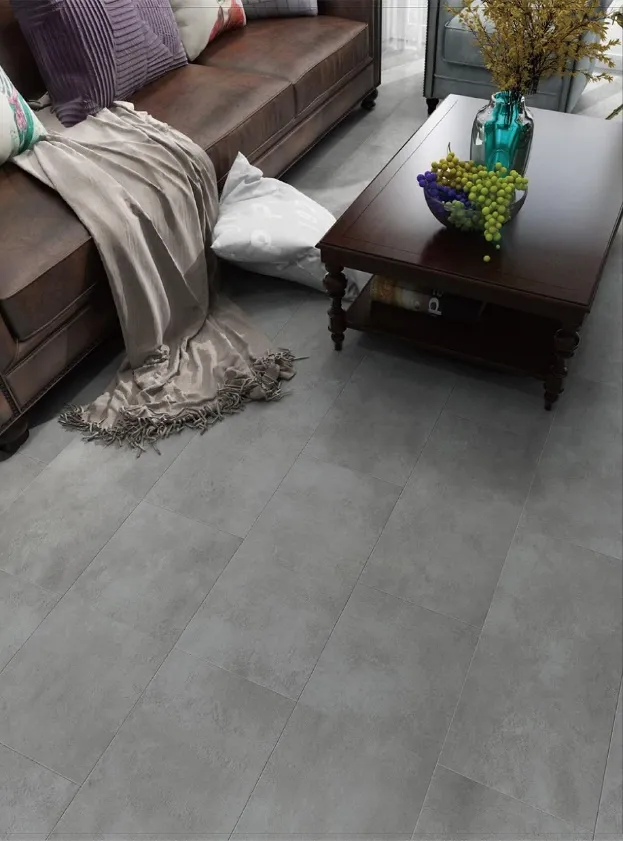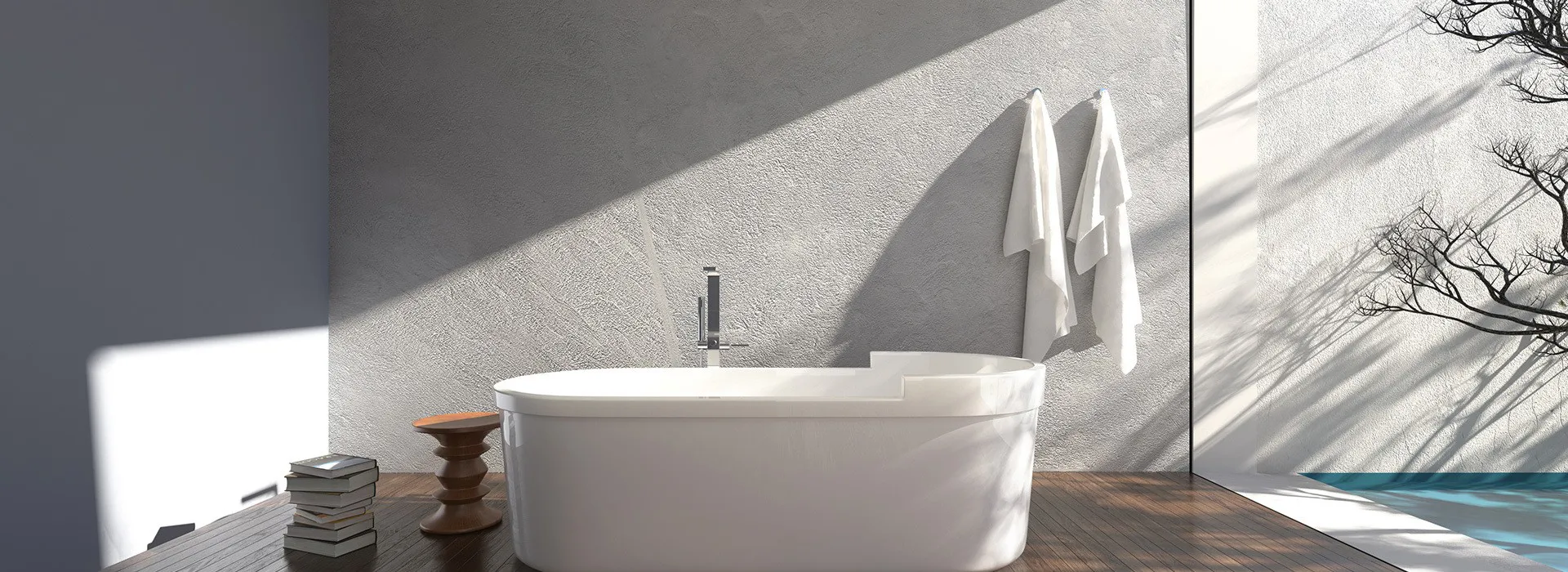
Top 10 best distribution box manufacturers in Japan

When it comes to power distribution systems, Japanese manufacturers set the global standard for precision engineering. These companies don't just make boxes - they create the nervous system of modern buildings. From protecting electrical equipment to ensuring seamless integration with power cables and control cables , Japan's electrical giants solve critical infrastructure challenges with innovative solutions.
This comprehensive guide explores Japan's top distribution box specialists - companies where safety standards aren't just regulations but cultural imperatives. Each combines traditional craftsmanship with cutting-edge technology, creating products that power everything from Tokyo skyscrapers to automated factories.
Industry Giants & Market Leaders
1. Fuji Electric
"Power protection shouldn't be an afterthought," says Hiro Tanaka, senior engineer at Fuji. Their modular distribution boxes feature smart monitoring systems that track load fluctuations, preventing overloads before they occur. What sets them apart? Proprietary arc-fault detection technology that responds 40% faster than industry standards. Their products integrate flawlessly with other electrical equipment , creating unified safety ecosystems for industrial facilities.
2. Mitsubishi Electric
Mitsubishi's weatherproof distribution panels are engineering marvels. Certified for typhoon-prone regions, their dual-seal enclosures keep moisture out even during torrential rains. But their real innovation lies in adaptive current distribution. "Our systems automatically reroute power during cable faults," explains product manager Kenji Sato. "This prevents downtime in critical operations like hospitals or data centers." The company's global R&D centers constantly refine cable compatibility for both traditional and renewable energy setups.
3. Toshiba Infrastructure Systems
Toshiba revolutionized the market with space-efficient designs. Their "Flat-Pack" distribution series requires 30% less wall space while maintaining full capacity - a game-changer for cramped mechanical rooms. Engineers praise their plug-and-play cable terminations that slash installation time. "We've eliminated the finger-trap hazards of traditional setups," claims lead designer Aiko Nakamura. Their products consistently top safety surveys in industrial parks where both power cables and control cables coexist in high-density configurations.
Specialists & Innovators
| Manufacturer | Specialization | Key Innovation | Industry Adoption |
|---|---|---|---|
| 4. Omron Corporation | IoT Integration | Cloud-based load monitoring | Smart factories, commercial buildings |
| 5. Meidensha Corporation | High-Voltage Systems | Substation-grade protection | Power utilities, rail networks |
| 6. Yokogawa Electric | Hazardous Environments | Explosion-proof certifications | Chemical plants, oil refineries |
| 7. Nissin Electric | Renewable Integration | Solar/wind hybrid controllers | Green energy projects |
8. Hitachi Industrial Equipment
Hitachi's trademark "Smart Bus" system replaces traditional wire runs with modular busbars, reducing installation costs by up to 60%. Their distribution cabinets feature color-coded access points that even novice electricians understand. "Mistakes happen when you've got spaghetti behind panels," says veteran installer Makoto Ito. "Hitachi's layout logic prevents miswirings." The company prioritizes compatibility with all major electrical equipment brands, making their systems ideal for retrofits.
9. Sanyo Denki
Specializing in thermal management, Sanyo Denki boxes incorporate heat-sink technology that extends component lifespan in cramped server rooms. Their innovative staggered terminal arrangement allows cleaner bundling of power cables , improving airflow and simplifying maintenance. "Overheating distribution points cause more failures than people realize," notes data center consultant Kenji Yamamoto. "Sanyo's systems maintain stable temperatures even during peak loads."
10. Japan Distribution Systems (JDS)
JDS dominates the custom solutions niche. "We've built distribution cabinets that survived earthquakes that toppled buildings," boasts engineer Emi Sato. Their seismic-rated designs use flexible busbar connections that absorb vibrations. For specialized applications like semiconductor plants, they create ultra-pure environments using stainless steel enclosures with nitrogen purging systems. Their integration of monitoring circuits ensures immediate fault detection across miles of control cables .
What Makes Japanese Manufacturers Different?
Japanese electrical manufacturers operate with obsessive attention to four principles:
Safety Beyond Compliance
While meeting global standards is basic, Japanese engineers design for catastrophe scenarios. Distribution boxes undergo tsunami simulation testing, chemical exposure trials, and accelerated aging equivalent to 50 years of use.
Maintenance Engineering
"Serviceability isn't optional," states Kazuo Shirai of the Electrical Manufacturers Association. Features include quarter-turn fasteners for cover removal, slide-out component trays, and diagnostic ports accessible without opening enclosures.
Forward Compatibility
Products include expansion margins (physical space and power headroom) anticipating future upgrades. Terminal blocks accommodate next-generation conductors and
power cables
, preventing obsolescence.
Buyer's Checklist
Selecting the right manufacturer demands evaluating:
- Cable Compatibility : Verify maximum conductor sizes and bending radii
- Environmental Rating : Match IP codes to actual conditions
- Arc Containment : Look for UL 67B or equivalent certifications
- Future-Proofing : Expansion capacity for circuits
- Control Integration : Support for smart monitoring accessories
- Mounting Options : Surface, recessed, or freestanding configurations
"The best distribution solution disappears into the background," observes architect Kenji Tanaka. "It just works reliably for decades without drawing attention - that's the Japanese engineering philosophy."
In factories and office towers across the globe, Japanese distribution boxes form the silent backbone of power systems. They represent a perfect marriage of robust material science and thoughtful design - products where every screw, busbar, and wire guide reflects generations of accumulated expertise. For mission-critical applications, choosing among these elite manufacturers means investing in safety, efficiency, and longevity.
Tags:
Recommend Products


